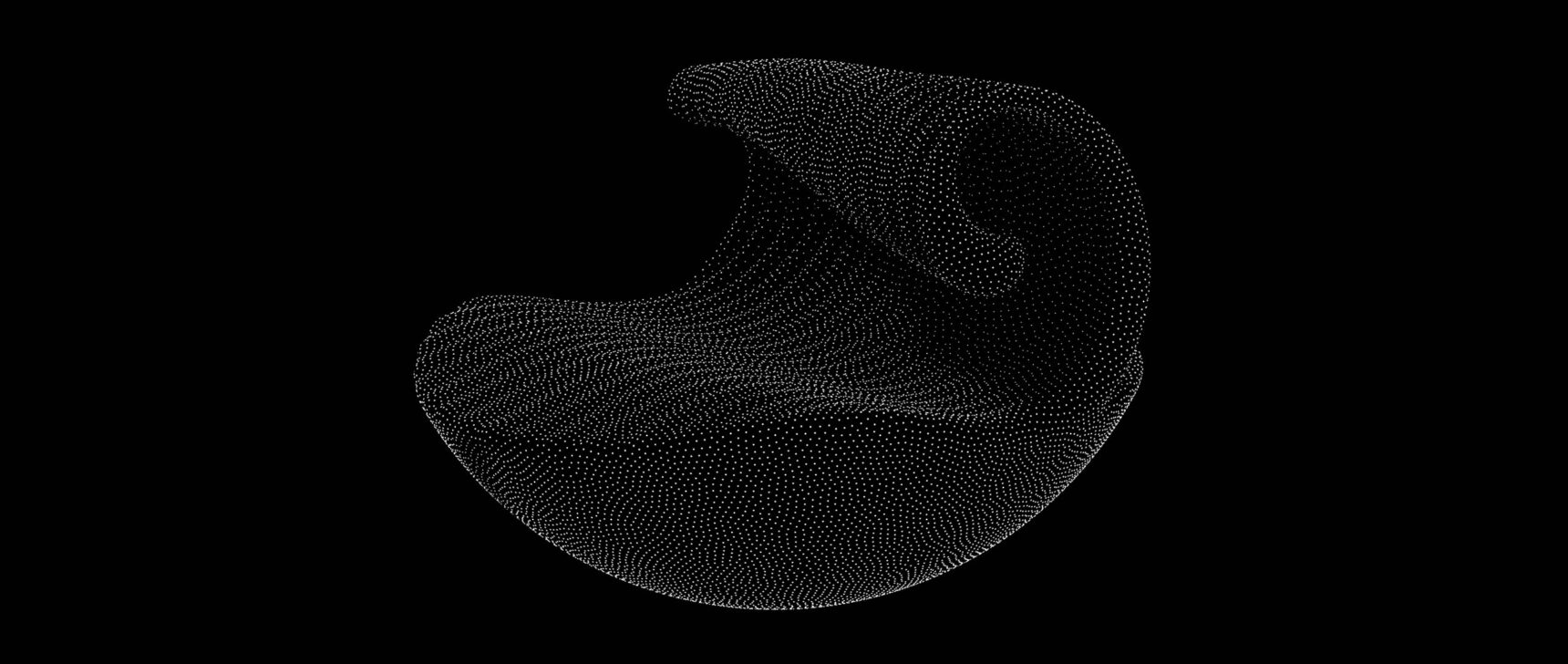In Music and Math, Lillian Pierce Builds Landscapes
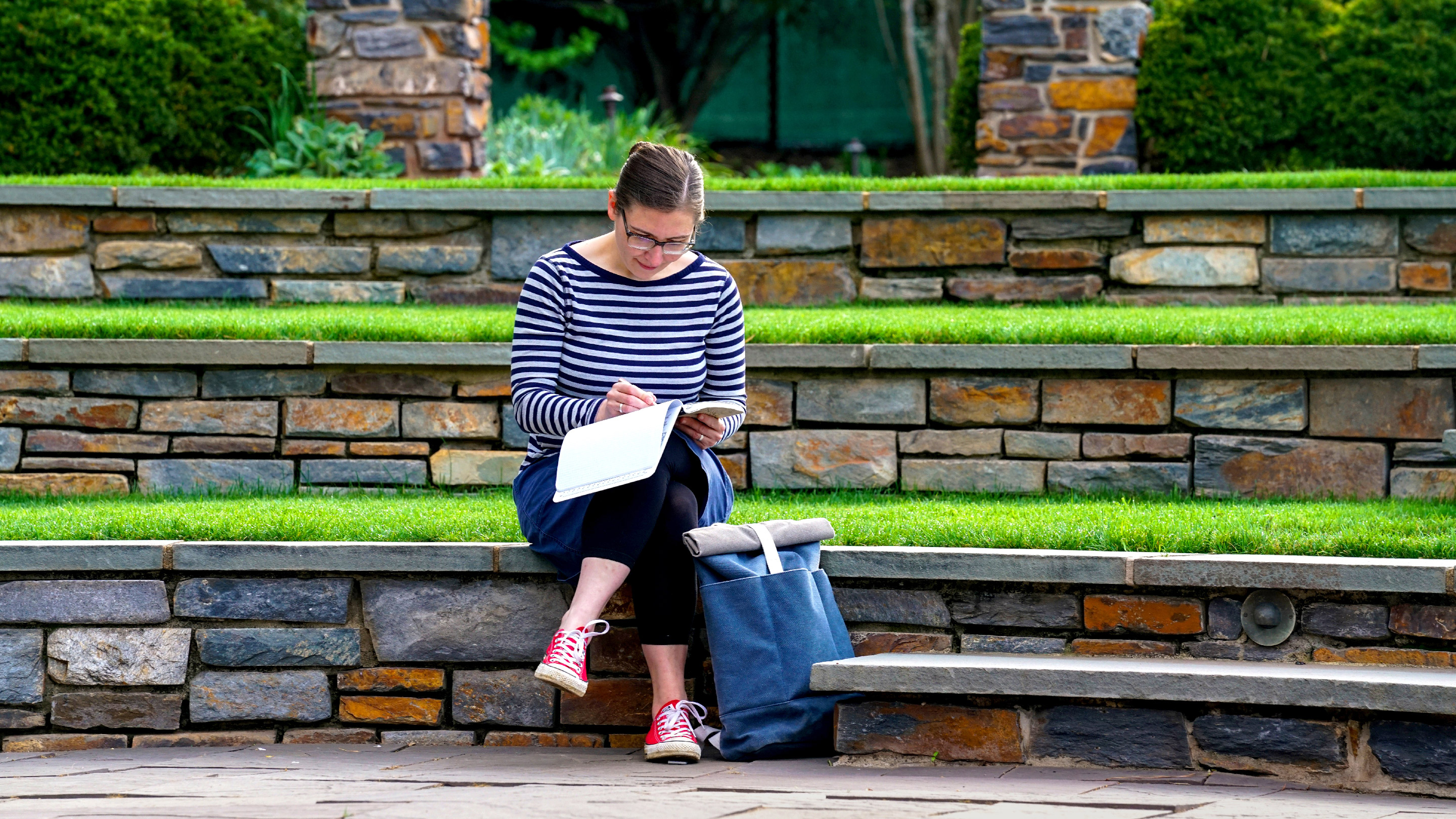
Lillian Pierce is a professor of mathematics at Duke University, where she studies number theory and harmonic analysis.
Alex M. Sanchez for Quanta Magazine
Introduction
Lillian Pierce vividly remembers a moment when she was 4 years old, waiting in her family’s station wagon for her older brother and sister to get out of school, magnolia trees forming pink and white arches overhead. Her mother was sitting in the driver’s seat, writing sequences of numbers in blue ink, balancing her checkbook. Pierce was mesmerized.
“She showed me that once she wrote down some of these numbers, there was a way that it determined what happened next,” Pierce said. “I thought this was like a secret language that the numbers had … and I wanted to know what they were saying.”
That early interest in numbers eventually led Pierce to become a mathematician. Today she is a professor at Duke University, where she investigates properties of integers and functions, and the interplay between the two.
But to Pierce herself, a career in math was far from preordained.
She grew up in a small town in southern California, where she was mostly home-schooled. She spent a lot of her time focused on music, and was playing the violin professionally before she was a teenager. Even now, she said, “the point at which I became better at math than I am at music was either reached very recently or maybe still hasn’t been reached.”
Her interest in math really took root in the late 1990s, when she enrolled as an undergraduate at Princeton University. There she met several professors who would later become her mentors, and she decided to see where mathematics could take her.
Pierce quickly established herself as a hard worker, spending long hours studying proofs. In 2002, she graduated as Princeton’s valedictorian before going on to earn her master’s degree at the University of Oxford as a Rhodes scholar.
Today, that work ethic and her interest in different disciplines continue to define her. Time and again over the past two decades, Pierce has come back to an open problem related to how complicated arithmetic can become when different types of numbers are introduced into a numerical system. Even though “I don’t anticipate truly resolving it in my lifetime,” she said, “it’s just been a remarkable voyage” that’s led her to many new results.
She has also written papers and given talks geared toward making important proofs and techniques more accessible to a broader range of mathematicians, as a way of distributing information more widely across the field. Together with Melanie Matchett Wood of Harvard University, she just launched a new journal with the same goal.
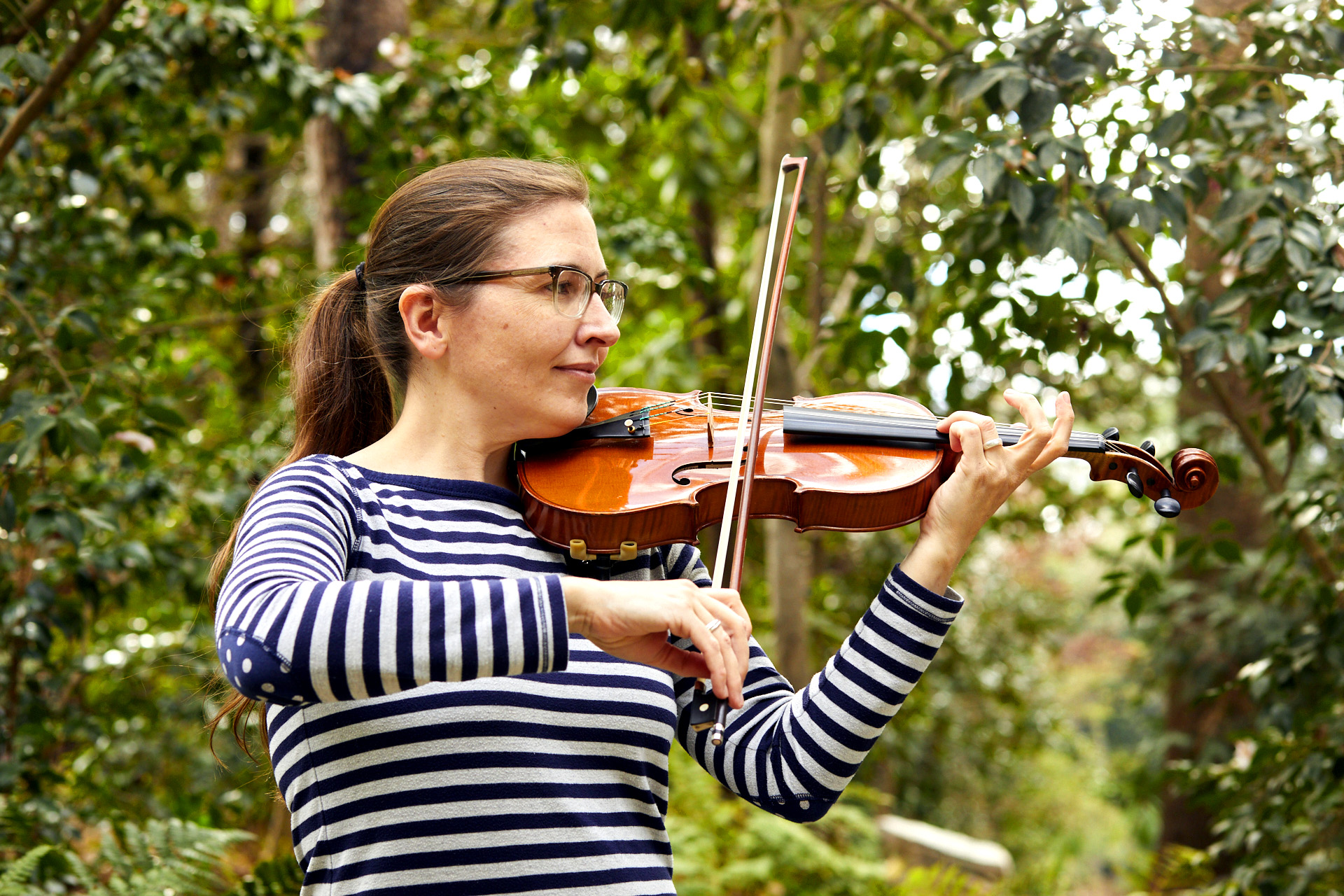
Pierce grew up in a music-loving household, and began playing the violin professionally as a child.
Jade Wilson for Quanta Magazine
In order to support her students over the course of the pandemic, she recently asked other mathematicians to talk about challenges they’ve had to overcome during their careers. She then transcribed their stories by hand into a small book that she illustrated herself.
Quanta Magazine spoke with Pierce about her research, the relationship between math and music, and her efforts to make math more accessible.
The interview has been condensed and edited for clarity.
You didn’t initially intend to pursue a career in mathematics. What did you want to be?
When I showed up at college, I thought I would be a doctor. It seemed like a safe, exciting and interesting choice. I actually completed all the pre-med requirements. But I also needed to pick a major. I was extremely fortunate that through a series of chance meetings, I met mentors who really welcomed me into mathematics. Over the next three years, I gradually realized that one could be a mathematician, and that that would be a good fit for me.
What ultimately influenced you to become one?
Looking back, I am a little horrified at how close I came to missing meeting these people. As a college freshman, I thought I would be behind everybody else because I’d been home-schooled, so I’d been planning to take Math 101. I think if I had taken that class, it wouldn’t have been a good fit. It’s hard to imagine I would have kept going in math. But my assigned faculty adviser met me over pizza the week before classes started and suggested I take a first-year course in real analysis instead, where you learn how to rigorously prove things about continuity, convergence, the fundamental theorem of calculus — properties of functions that you took for granted in high school. I absolutely loved it.
What did you love about it?
I had attended one year at a normal public high school, where we did proof-based geometry, which I also loved. But I wasn’t sure how I was arriving at the proofs, because they formed so instantaneously in my head. That was uncomfortable. I wanted to be more in control of how my thoughts were arriving at those conclusions.
This real analysis course focused on how to write proofs. In fact, that first fall break, I couldn’t afford to go home. So I was alone in the dorm, and I decided to re-prove every statement in the book so far. That kind of rigorous, repetitive practice — very much like a musician or an athlete — really strengthened my skills.
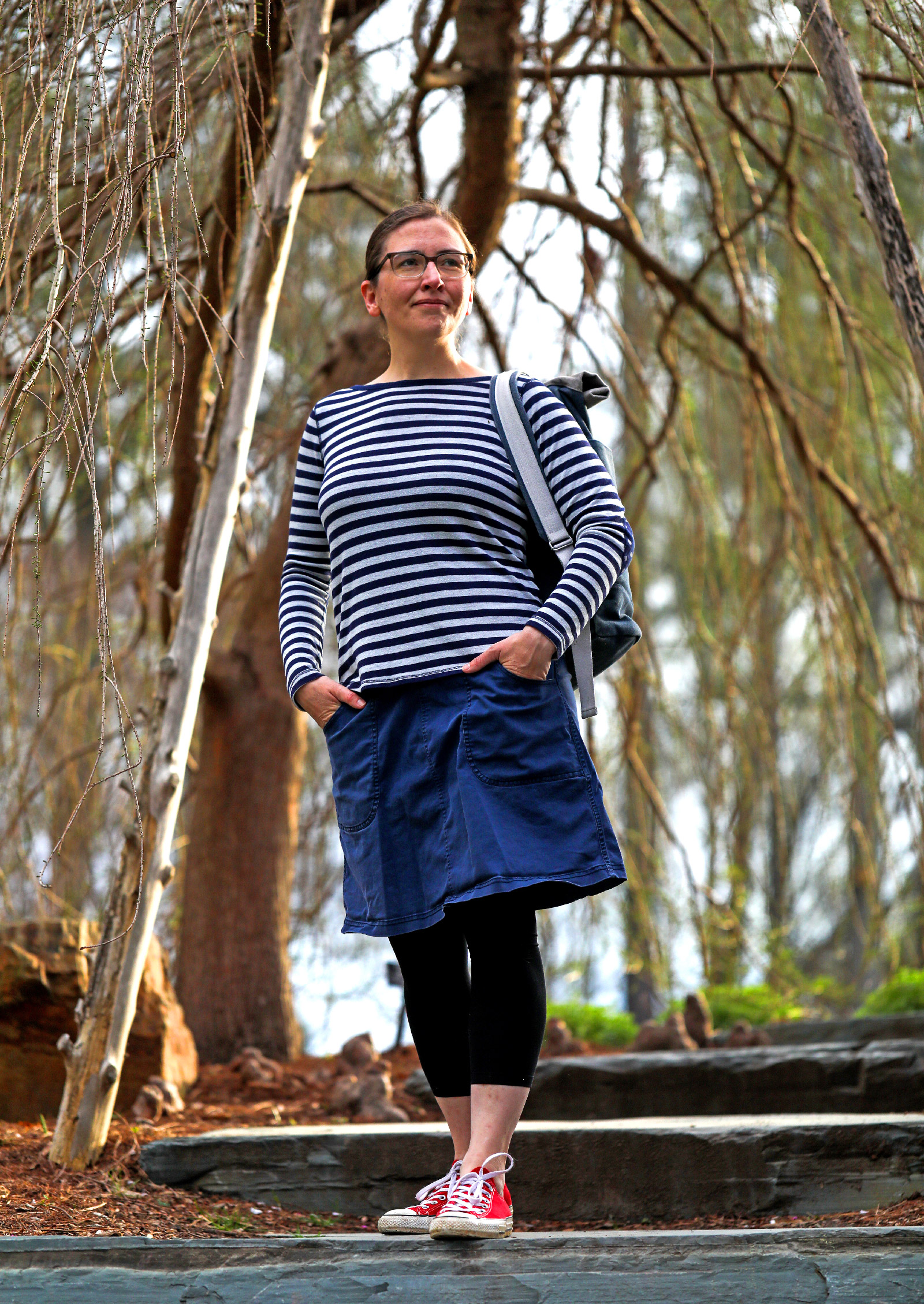
In addition to pursuing her own research, Pierce has dedicated much time and effort to making other mathematicians’ work more accessible to a broader community.
Alex M. Sanchez for Quanta Magazine
Speaking of which, you’re also a musician. How did that start?
Practicing music, performing music, just being surrounded by music — that was the community in which I grew up. Both my parents really loved music. My father had a brass quintet that rehearsed once a week in our living room, and he later led a Renaissance group. By the time I was in high school, that was a really important part of our whole family: rehearsing together and going to one of the historic missions in California once a year to put on a performance involving all kinds of unusual instruments.
I was also taking violin lessons. My parents went to extreme lengths to get me and my three siblings the best music lessons they possibly could, even though we lived in a small town in the middle of a bunch of avocado groves. We had to drive quite a long way to get to a suitable teacher. But that also made me our area’s local violinist. I’d get hired to perform in freelance music groups that would come through my town, which gave me the chance to embed in the professional music scene. I learned a lot by playing in the pit orchestras at musicals and sitting next to full-time professional musicians.
Do you still play?
For the last 10 years, I’ve been too busy to play very much. Over those years, I went from being a first-year postdoc to a full professor, had three kids, and moved many times. It’s been frustrating, because playing chamber music is one of my favorite things to do. But I just don’t get many minutes of the day that are really about me.
I still play when I can, and I think I’m getting close to a time when I can play the way I’d like to again. But meanwhile, I’m thrilled that my two older children are playing beautifully. It makes me so happy to hear them really making music.
Math and music are often compared. Given how deeply you’ve studied both, how do they relate for you?
My intensive study of music early on made me familiar with the idea of having a mental landscape. When you memorize an entire concerto, as you play it you build this mental construction: You have landmarks, you have goals, you have places to watch out for so you don’t accidentally repeat a phrase. That’s actually really similar to how I feel about mathematical terrains that I know very well. After you’ve spent enough years working in certain areas of math, it’s like you get up in the morning and say, oh, I’m going to go to this mountain overlook and see what’s going on there. Can I see something new? The mental practice and internal construction that I inhabit are similar in music and math.
You work in number theory and harmonic analysis, which coincidentally deal with techniques that have some relationship to music too.
I work on problems that can sound like they have nothing to do with each other, but if we step back to methods, then pretty much everything I’m interested in has to do with oscillating functions and trying to quantify how they oscillate, and how over time those oscillations may possibly make things cancel out. When trying to prove something about a well-behaved function, we can use these methods to dissect it into pure waves, and then try to write the proof by looking at those waves instead. This idea is really powerful and shows up in discrete settings, like in number theory, and also in real-variable settings, like in harmonic analysis.
In addition to working on open problems, you’ve also done a lot of work to make other mathematicians’ work more accessible. That’s rather unusual.
A few years ago, I was invited to give a Bourbaki seminar and write an exposition about a new breakthrough. I did not have tenure then, and I was concerned about taking a lot of my time away from original research. But it felt like an important thing to do, because the community needed to digest this new result.
It was a really important experience for me to spend time deeply learning someone else’s work, even though I wasn’t trying to use it at that moment for my own research. It was a kind of community service. I realized how valuable it is when each of us takes some time to write down things we understand in our own way, even if it has been understood before by other people.
Where has that approach led?
I then wrote a paper inspired by a beautiful result by Jean Bourgain. In 2019, after Bourgain died, I decided to spend some time working out the details of how his proof really worked — as a sort of memorial to him, with the idea being that we needed to figure out how he thought, because we were going to have to do this ourselves now.
So I wrote a paper that tried to start with zero knowledge and show how, with as little cleverness as possible, we could arrive at the conclusion he had arrived at with a lot of cleverness. It was an unusual paper, because I was not trying to prove something new. I was trying to explain something that wasn’t documented in the literature in a way that everybody could understand. I found that really rewarding, and it ended up leading to new work.
You and Melanie Matchett Wood recently started a new journal with the same motivation, to publish useful expository work.
The goal of Essential Number Theory is to publish articles that are useful and clear. There is no third requirement that they be novel. Maybe there’s a lemma that is often described in papers as “known to experts,” but graduate students all over the world are asking their advisers how it works. Or maybe there’s a massive new paper that is very important but very technical, and it would help if someone wrote about a special case of that new theorem or technique. Neither of those is going to be novel. It would be hard to publish them in a more traditional journal. But we’re interested in that.
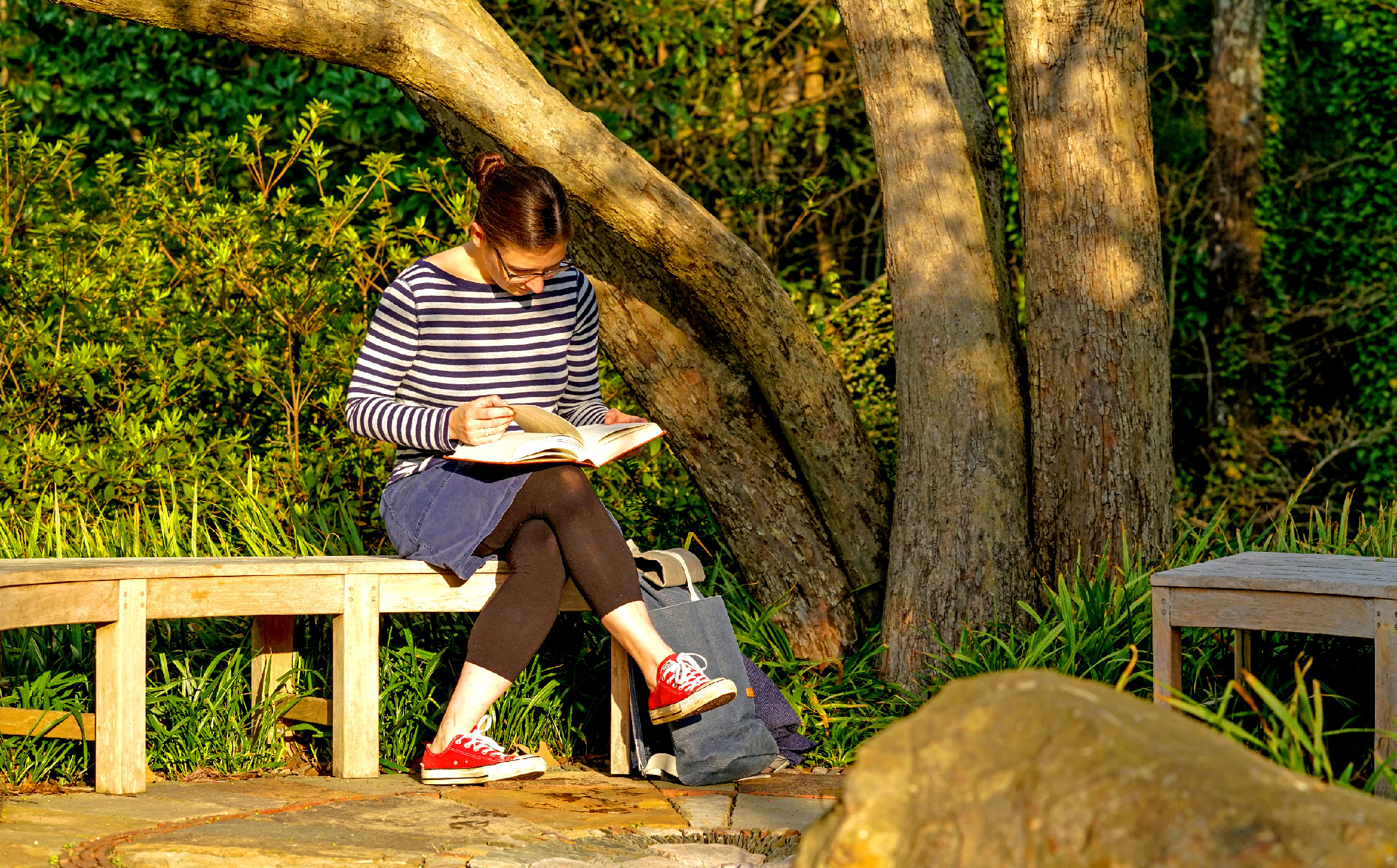
Pierce was mostly home-schooled — an education that has helped shape how she approaches both her research and teaching.
Alex M. Sanchez for Quanta Magazine
You were home-schooled for most of the years before you went to college, and you have said that this has also influenced what you value in your work. How would you characterize your educational experience?
When I was around 8 years old, my mother decided that she would open a six-student private school. My father cut down some citrus trees and built a little schoolhouse on the property. Some years, it was just my little brother and me; some years, there were four other children as well, all taught by my mother. There were no grades, there were no tests. There was just a deep, joyful attitude of: we’re alive, let’s learn. Those are some of the happiest memories I have, and it set me up for a lifetime of being really hungry for knowledge and cherishing an atmosphere where I could find food for thought, without limits.
Looking back on your education, would you do it that way again?
Against all expectations, I’ve had the chance to experience this myself because of the pandemic. My three kids have been at home since March 2020. That’s not the optimal home-schooling experience, because my husband and I have full-time jobs. But there is something really special about having a learning environment that’s exactly tailored to what you need to learn. I make my kids what they call “mathy packets” and just zoom through the mathematics that’s exactly right for them right now. I mean, how amazing is that?
How has your education influenced how you teach and work?
I came from a rural area without a fancy high school education and showed up in an elite math department. And the people there gave me the benefit of the doubt. It would have been really easy for someone with my unusual background not to make it over the initial thresholds that often prevent people from entering a math major or going on to grad school. I was really lucky. Now that I’m on the other side as an educator, I want to remove some of the luck from the experiences of students. Everything that I do — every paper I write, every class I teach, every conference I organize, every student application I read — I’m always thinking about this.



